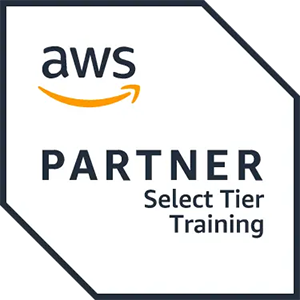With so much data being continuously generated, developers with a knowledge of data analytics and data visualization are always in demand. With Data Visualization with Python, you’ll learn how to use Python with NumPy, Pandas, Matplotlib, and Seaborn to create impactful data visualizations with real-world, public data.
This Data Visualization with Python course takes a hands-on approach to the practical aspects of using Python to create effective data visuals. It contains multiple activities that use real-life business scenarios for you to practice and apply your new skills in a highly relevant context.

 United Kingdom
United Kingdom Germany
Germany Denmark
Denmark Sweden
Sweden Italy
Italy Netherlands
Netherlands Norway
Norway 
















 Kesto
Kesto  Toimitus
Toimitus  Hinta
Hinta